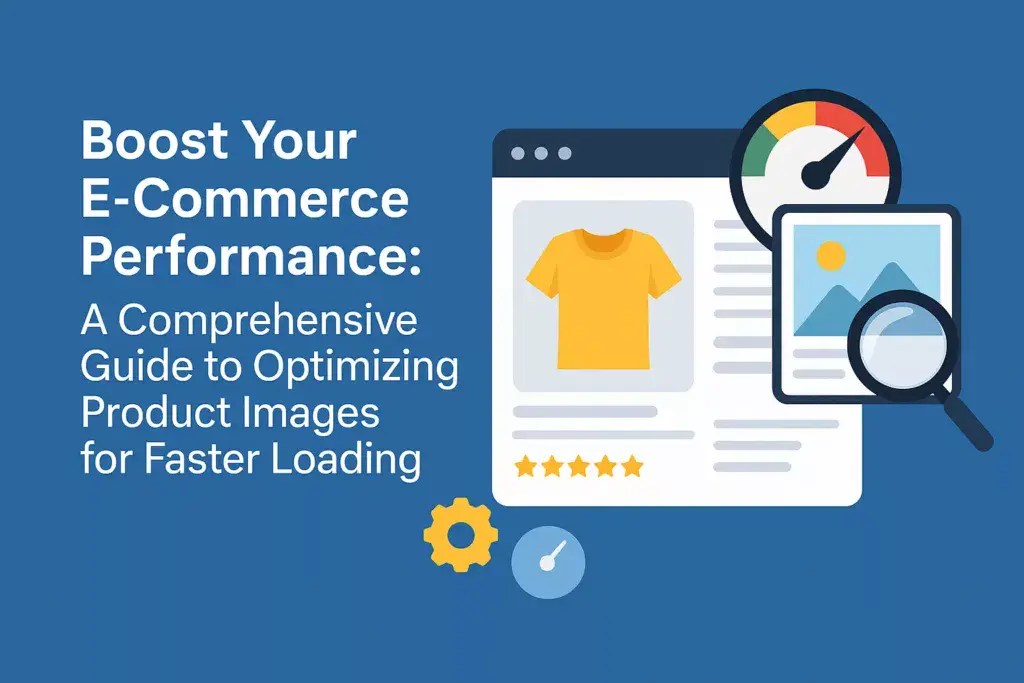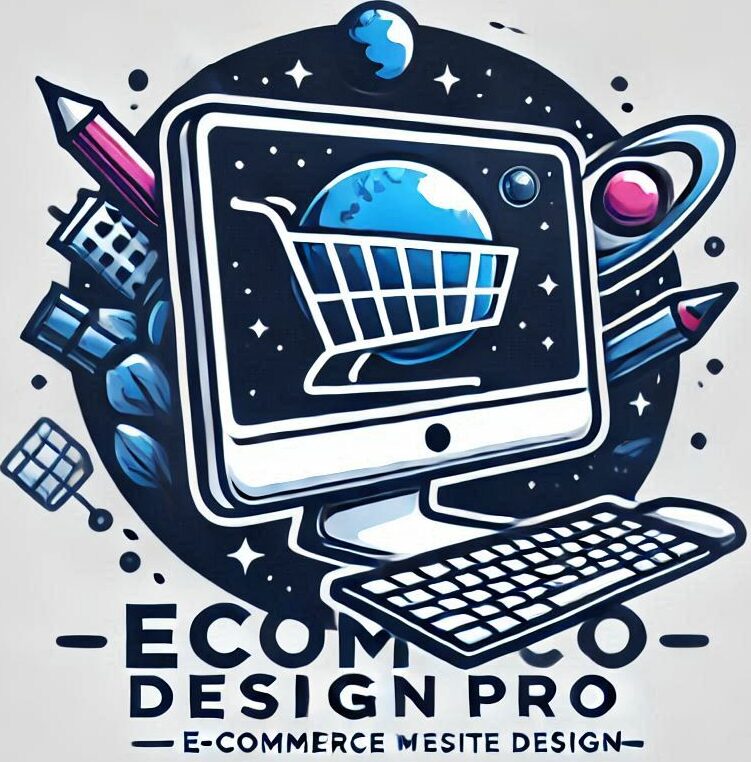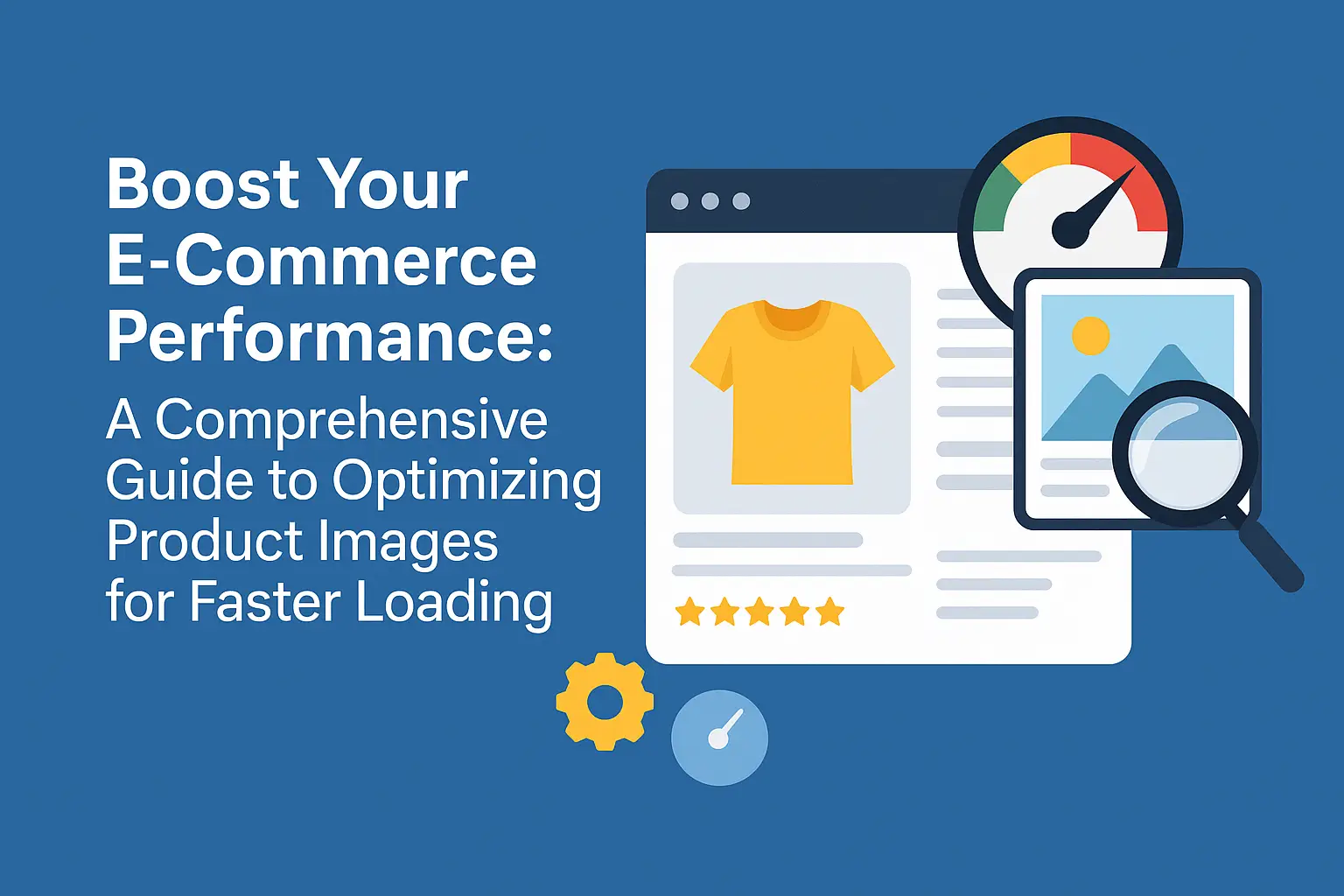
Optimizing product Images for E-commerce: A Comprehensive Guide
I. Introduction to the Importance of Optimizing Product Images in E-commerce
In the fast-paced world of e-commerce, where competition is fierce and consumer attention is fleeting, every element of a website plays a crucial role in shaping the user experience. Among these elements, product images stand out as one of the most significant factors influencing customer engagement and conversion rates. High-quality images can captivate potential buyers, allowing them to visualize products and make informed purchasing decisions. However, without proper optimization, these images can negatively impact website performance, leading to slower loading times and, ultimately, lost sales.
Research indicates that page loading speed is a critical determinant of user satisfaction; a delay of even a few seconds can result in a significant increase in bounce rates. In fact, studies show that 40% of consumers will abandon a website that takes more than three seconds to load. This means that e-commerce businesses must prioritize image optimization not only to enhance aesthetic appeal but also to ensure swift page loading and a seamless shopping experience.
Optimizing Product Images is essential in e-commerce because visuals directly influence customer engagement and conversion rates. High-quality product images allow buyers to visualize items, but if not optimized, they slow down site performance. Optimizing Product Images ensures faster loading, reduces bounce rates, and improves user satisfaction. Since search engines prioritize speed, this practice also boosts SEO rankings, driving more organic traffic.
In this article, we will delve into the intricacies of image optimization, exploring the various formats available, techniques for reducing file size without compromising quality, and best practices for managing product images effectively. By understanding and implementing these strategies, e-commerce businesses can enhance their website performance and foster a more engaging and satisfying shopping experience for their customers.
II. Understanding Image Formats and Their Impact on Loading Speed
When Optimizing Product Images, choosing the right format is critical. JPEG works best for detailed photos, PNG is ideal for graphics with transparency, and WebP balances quality with compression. Using the correct format for Optimizing Product Images ensures speed without losing quality. Lossy compression reduces size with minimal quality loss, while lossless preserves all details but creates larger files. Businesses must strategically apply these formats to balance performance and visual clarity.
A. Overview of Common Image Formats (JPEG, PNG, GIF, WebP)
- JPEG (Joint Photographic Experts Group): JPEG is perhaps the most widely used image format for photographs and images with gradients. It supports millions of colors and utilizes lossy compression, which reduces file size by discarding some image data. This makes JPEG an excellent choice for product images where high resolution is necessary, but some quality loss is acceptable.
- PNG (Portable Network Graphics): PNG is a lossless image format that preserves image quality. It supports transparency, making it ideal for logos and graphics that require a clear background. However, PNG files can be significantly larger than JPEGs, which can impede loading speeds if not optimized properly.
- GIF (Graphics Interchange Format): GIF is primarily used for simple animations and graphics with limited colors (up to 256). While it is great for short animations, its limited color palette and larger file size compared to other formats make it less suitable for product images in e-commerce.
- WebP: Developed by Google, WebP is a modern image format that combines the best features of JPEG and PNG. It provides both lossy and lossless compression, allowing for smaller file sizes without compromising quality. WebP is particularly beneficial for e-commerce sites as it can significantly reduce loading times while maintaining visual fidelity.
B. Comparing Lossless and Lossy Compression Techniques
Understanding the distinction between lossless and lossy compression is essential for choosing the right image format and compression method.
- Lossy Compression: This method reduces file size by permanently removing some image data. While this results in smaller file sizes, it can affect image quality, particularly if the compression level is too high. JPEG is a prime example of a format that uses lossy compression, making it suitable for images where a balance between quality and size is necessary.
- Lossless Compression: In contrast, lossless compression preserves all image data, ensuring that quality remains intact. Formats like PNG and certain WebP configurations utilize this technique. However, lossless images tend to have larger file sizes, which can slow down page loading if not managed appropriately.
C. Choosing the Right Format for Different Types of Images
Selecting the appropriate image format is critical for optimizing e-commerce page loading. Here are some guidelines for making informed decisions:
- For Photographs: JPEG is typically the best choice due to its balance of quality and file size. However, if the images require transparency or need to maintain crisp edges, consider using WebP.
- For Graphics and Logos: PNG is ideal for images that require transparency or need to maintain sharpness, such as logos. WebP can also be a viable option for these types of images, especially when aiming for faster loading times.
- For Animations: While GIFs are commonly used for short animations, consider using WebP animations as they provide better compression and quality, which can enhance loading speeds.
By understanding these image formats and their characteristics, e-commerce businesses can make informed decisions about how to present their products while ensuring optimal loading speed. This knowledge is foundational for implementing effective image optimization strategies that enhance both user experience and site performance.
III. Techniques for Optimizing Product Images Without Sacrificing Quality
In the competitive landscape of e-commerce, ensuring that product images are both high quality and optimized for quick loading is essential. Slow loading times can lead to higher bounce rates and lost sales, making it crucial to adopt effective techniques for image optimization.
Effective techniques for Optimizing Product Images include:
- Compression Tools: Tools like TinyJPG and ImageOptim reduce file sizes while maintaining quality.
- Responsive Images: Serving different versions based on screen size ensures mobile shoppers benefit from Optimizing Product Images.
- Lazy Loading: Deferring image loads until needed speeds up initial page rendering.
By implementing these strategies, e-commerce stores can optimize page performance, making Optimizing Product Images a key driver of sales and engagement.
A. Using Image Compression Tools and Software
One of the most effective methods for reducing image file sizes is through compression. Image compression tools and software can significantly decrease file size while maintaining visual quality. There are two main types of compression: lossless and lossy.
- Lossless Compression: Retains all the original image data, allowing for high-quality images without any degradation. Tools like PNGGauntlet and ImageOptim are excellent for optimizing PNG files without losing quality.
- Lossy Compression: Reduces file size by permanently removing some image data, which can result in a slight decrease in quality. This method is particularly effective for JPEG images. Tools like TinyJPG and JPEGmini can compress images without noticeable loss in quality, making them ideal for e-commerce sites where loading speed is crucial.
By utilizing these tools, businesses can efficiently optimize their product images, ensuring that they load quickly without compromising on visual appeal.
B. Implementing Responsive Images for Various Devices
With the growing variety of devices used for online shopping—from smartphones to high-resolution desktops—it’s essential to implement responsive images. This technique ensures that the appropriate image size is delivered based on the user’s device and screen resolution, optimizing both loading times and user experience.
Using the HTML <picture> element or the srcset attribute allows developers to specify different image sources for different conditions. For instance, a larger, high-resolution image can be served to desktop users, while a smaller, optimized version can be delivered to mobile users. This not only enhances loading speed but also improves overall performance without sacrificing quality, as the user receives an image that is best suited for their viewing environment.
C. Leveraging Lazy Loading to Improve Initial Load Times
Lazy loading is a powerful technique that defers the loading of images until they are needed, significantly improving initial page load times. When implemented, images outside of the user’s viewport are not loaded until the user scrolls down to them. This reduces the number of images that need to be loaded at the outset, leading to faster page rendering.
Lazy loading can be easily implemented using native HTML attributes like loading="lazy" for images or through JavaScript libraries. This approach not only enhances the user experience by speeding up the loading process but also helps to conserve bandwidth, particularly for users on mobile devices with limited data plans.
By employing these techniques—image compression, responsive images, and lazy loading—e-commerce businesses can optimize their product images effectively. This not only enhances the overall shopping experience but also contributes to improved search engine rankings and increased conversion rates, solidifying the importance of image optimization in the e-commerce landscape.
IV. Best Practices for Managing Product Images in E-commerce Sites
Managing product images effectively is crucial for e-commerce success. Not only do optimized images enhance user experience, but they also contribute to better search engine rankings and higher conversion rates. Below are some best practices that can help streamline the management of product images on e-commerce sites.
A. Creating an Image Naming Convention for SEO Benefits
Properly naming your image files is a fundamental yet often overlooked aspect of image optimization. A clear and descriptive naming convention can significantly enhance your search engine optimization (SEO) efforts. Instead of using generic file names like “IMG_1234.jpg,” opt for descriptive names that include relevant keywords. For example, “blue-leather-handbag.jpg” is more informative and can improve the chances of your images appearing in search results. Additionally, using hyphens to separate words in the file name enhances readability for both users and search engines.
B. Organizing Images in a Content Delivery Network (CDN)
Utilizing a Content Delivery Network (CDN) is another effective strategy for managing product images. A CDN is a network of servers distributed across various locations, designed to deliver content to users more efficiently. By hosting your images on a CDN, you can significantly reduce load times, as the images are served from the server closest to the user. This not only enhances user experience but also helps maintain high performance during traffic spikes. Furthermore, CDNs often provide features such as automatic image optimization and caching, making image management more efficient.
C. Regularly Auditing and Updating Product Images
The digital landscape is ever-evolving, and so are consumer expectations. Regularly auditing and updating product images is essential to ensure that they remain relevant and appealing. Over time, product offerings may change, and images may become outdated or inconsistent. Conducting periodic reviews allows you to identify images that require updates, replacements, or deletions. This practice not only helps maintain a professional appearance but also ensures that your e-commerce site reflects the latest offerings accurately. Additionally, incorporating seasonal or promotional images can keep your site fresh and engaging for returning customers.
By implementing these best practices, e-commerce businesses can enhance the management of product images, leading to improved performance, better user engagement, and ultimately, increased sales. An organized approach to image management can make a significant difference in how customers perceive your brand and interact with your products.
V. Conclusion
In the competitive landscape of e-commerce, where milliseconds can determine the difference between a sale and an abandoned cart, optimizing product images is not merely a technical necessity but a strategic advantage. By understanding the significance of image optimization, e-commerce businesses can enhance user experience, improve loading speeds, and ultimately drive higher conversion rates.
We explored various image formats such as JPEG, PNG, GIF, and WebP, each with its unique strengths and weaknesses. Knowing when to use lossless versus lossy compression techniques allows businesses to strike a balance between image quality and file size, ensuring that products are presented in the best light without compromising performance.
Techniques for optimizing image size without sacrificing quality are essential for maintaining a visually appealing site. Utilizing image compression tools can significantly reduce file sizes, while responsive images allow for a seamless experience across devices, catering to the diverse range of users. Additionally, implementing lazy loading can drastically improve initial load times by deferring the loading of images until they are needed, thus enhancing overall site performance.
Best practices for managing product images are equally important for long-term success. Establishing a clear image naming convention not only benefits SEO but also aids in image organization. Pairing this with a content delivery network (CDN) ensures that images are served quickly and efficiently, regardless of the user’s location. Regular audits and updates of product images keep the e-commerce site fresh and relevant, further enhancing customer engagement.
In summary, the benefits of optimized images in e-commerce extend beyond mere aesthetics. They contribute to faster page loading times, improved SEO, and a better overall shopping experience. By implementing the strategies discussed in this article, e-commerce businesses can position themselves for success, ultimately leading to increased customer satisfaction and higher sales. Embracing image optimization is a crucial step in harnessing the full potential of online retail.



